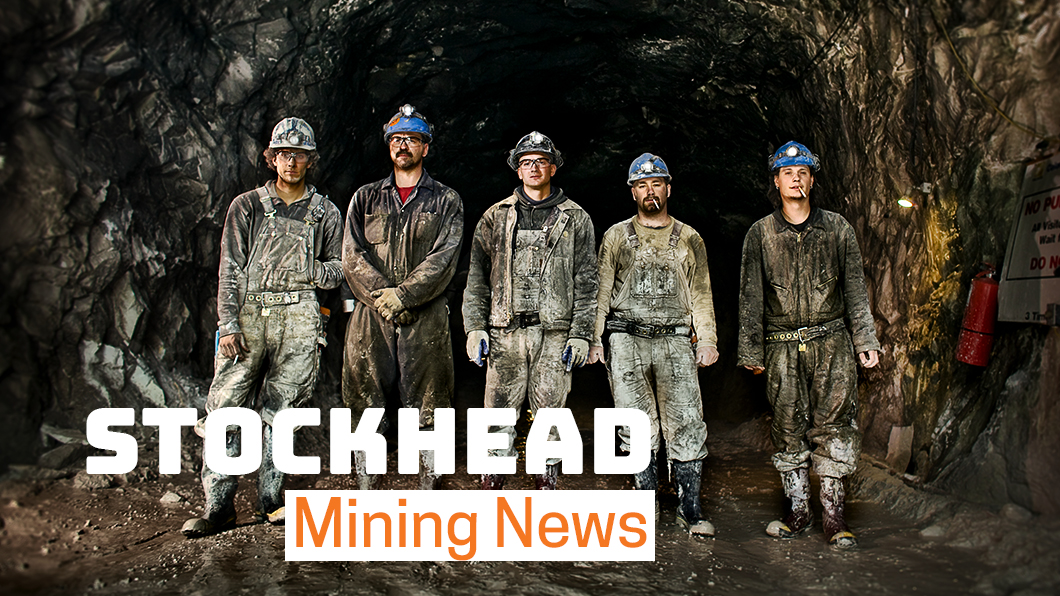Chinese appetite for rare earths on the rise as Arafura nears final approval

Pic: Tyler Stableford / Stone via Getty Images
Special Report: China’s grip on the global rare earths market is loosening with the Asian powerhouse’s intensifying crackdown on illegal and polluting operations opening up new markets to Australian juniors like Arafura Resources.
Arafura (ASX:ARU) is well advanced down the path to production and is just weeks away from locking down Australian government approval for its Nolans project in the Northern Territory.
The Northern Territory Environment Protection Authority has already recommended the project receive final approval from the Territory government.
Rare earths are a group of 17 elements with “unique catalytic, metallurgical, nuclear, electrical, magnetic and luminescent properties”, according to the federal government’s Australian Mines Atlas.
Neodymium-praseodymium (NdPr) is the main rare earth product Arafura plans to produce from its Nolans project.
NdPr is used in the manufacture of high-strength permanent magnets that are used in the automotive industry for electric components such as seats, mirrors, wipers, steering and braking, as well as in the traction motors of hybrid and electric vehicles.

China starting to import
By as early as 2021, China could be set to transition from a major NdPr producer to a net importer as it rapidly ramps up its magnet production capability and continues to stamp out polluting and unsustainable operations.
“There’s quite a legitimate crackdown on producers that are not operating in a sustainable manner or not operating in accordance with emissions permits,” Managing Director Gavin Lockyer told Stockhead.
“It’s becoming apparent from what we can see that there is quite a bit of supply being removed from the market as a result of these crackdowns.”
The country has already started importing NdPr from the Malaysian operations of Australia’s Lynas Corp.
“China’s rare earth magnet production has been growing by about 10 per cent per annum since 2014 and at the same time its own internal consumption has been increasing,” Mr Lockyer said.
“Our view is that by early 2020s, China will be a net importer of NdPr. It will be a pretty significant step change because it’s always been the world’s major supplier.”
China has also already started putting its foot on rare earths projects overseas in a bid to shore up supply.
A recent example is Shenghe Resources acquiring a stake in Greenland Minerals and Energy (ASX:GGG). Shenghe is also part of a consortium that acquired the mothballed Mountain Pass mine in the United States.
“This should send a strong message to other countries with industries and economies that are dependent on these critical materials,” Mr Lockyer said. “NdPr projects of any significance that can provide security and longevity of supply are few and far between and they take time and capital to develop. It’s very unlikely that any project that is not currently in advanced development will be able to meet the imminent supply shortfall.”
China’s stricter regulation of industry is likely to mean higher costs for producers as they bring their operations into compliance.
This would likely bring China’s costs more in line with operations elsewhere, which would mean a more level playing field in terms of competitive supply.
Potential for American financial muscle
In mid-February, the US Department of the Interior announced it is seeking public comment on a draft list of 35 minerals considered critical to its economic and national security, with the overall aim of reducing the country’s vulnerability to disruptions in supply.
The list includes rare earths but is expected to focus on magnet-feed NdPr as the most critical to technology, clean energy and defence applications.
- Bookmark this link for small cap breaking news
- Discuss small cap news in our Facebook group
- Follow us on Facebook or Twitter
- Subscribe to our daily newsletter
The US is already a sizeable established market for Arafura to supply its lanthanum (La) — which is used in the petroleum cracking industry — into, but the country’s desire to re-establish a once-vibrant supply chain for magnets will mean the need for more NdPr as well.
This could also see an increase in US investment in Australian rare earths projects.
NdPr another beneficiary of EV demand
Since mid-last year NdPr prices have gained ground because of China’s success in consolidating its industry.
Longer term, however, NdPr prices are expected to keep ticking up because of the strong demand in the electric vehicle and clean energy markets, and in industrial automation.
While traditional petrol or diesel combustion engine motor vehicles each use about 700 grams of NdPr, electric or hybrid vehicles require an extra kilo.
NdPr is also a key component of the magnets used in wind turbine generators.
Demand for NdPr is expected to grow at 8 per cent each year to 2025 from the current global consumption of 33,340 tonnes.
“Recent NdPr price increases can be attributed to China supply contracting, incremental magnet demand from EVs and other disruptive technologies really haven’t begun to impact price yet,” Mr Lockyer said.
“There’s still a lot of upside coming from natural supply-demand forces in the market, which is underpinned by the electrification of the transport sector and clean energy applications.”
The Nolans project is capable of meeting 5 to 10 per cent of global demand.
This special report is brought to you by Arafura Resources.
This advice has been prepared without taking into account your objectives, financial situation or needs. You should, therefore, consider the appropriateness of the advice, in light of your own objectives, financial situation or needs, before acting on the advice. If this advice relates to the acquisition, or possible acquisition, of a particular financial product, the recipient should obtain a Product Disclosure Statement (PDS) relating to the product and consider the PDS before making any decision about whether to acquire the product.
UNLOCK INSIGHTS
Discover the untold stories of emerging ASX stocks.
Daily news and expert analysis, it's free to subscribe.
By proceeding, you confirm you understand that we handle personal information in accordance with our Privacy Policy.








